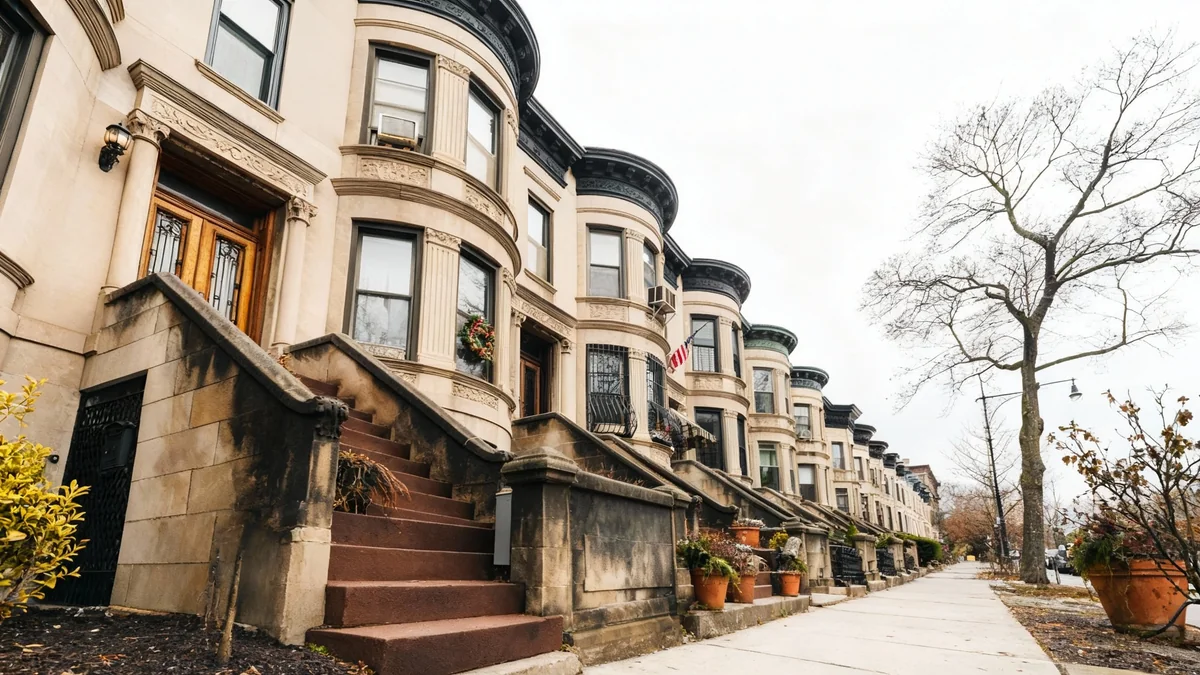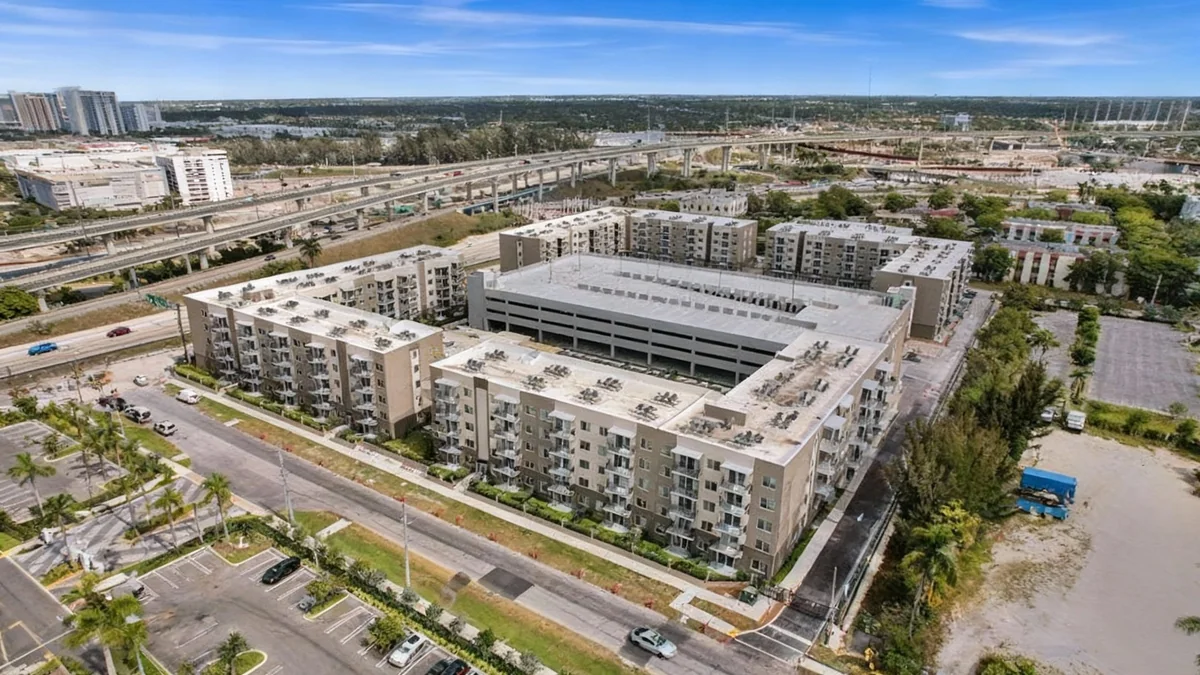After years of research and careful planning, a Vermont-based couple recently acquired their first residential investment property, a duplex purchased in June 2025. Their journey provides a detailed case study in a conservative, local-first approach to real estate, focusing on tangible cash flow over speculative gains.
This detailed breakdown explores the specific investment philosophies they rejected, the strict criteria they established, and the financial metrics that guided their final decision. It serves as a practical example for aspiring investors looking to navigate the complexities of direct property ownership.
Key Takeaways
- A Vermont couple successfully purchased their first rental property, a duplex, after a five-year period of self-education and market analysis.
- Their strategy deliberately avoided popular but higher-risk methods like remote investing, private syndications, and short-term rentals.
- The investment was based on strict criteria: local properties, 2-4 units, minimal required renovations, and positive cash flow from day one.
- The selected duplex achieved an 8% capitalization rate and a projected annual cash flow of nearly $6,000, demonstrating the viability of their conservative approach.
Defining an Investment Philosophy by Exclusion
Before purchasing any property, the investors first established a clear philosophy by identifying common real estate strategies they would consciously avoid. This process of elimination helped them mitigate risk and align their investment activities with their personal and financial goals.
The Rejection of Remote Investing
A popular strategy promoted online involves buying properties in distant, high-growth markets, often sight unseen. The couple rejected this approach due to the inherent risks of investing in an unfamiliar area. They believed that real estate is a hyper-local asset class, where neighborhood dynamics can significantly impact profitability.
By focusing on their home state of Vermont, they could leverage their deep knowledge of local neighborhoods, market trends, and a trusted network of professionals, including lenders, lawyers, and repair specialists. This local expertise was considered a critical asset that could not be replicated from afar.
Avoiding Passive Funds and Syndications
Private real estate funds and syndications, which pool money from multiple investors to purchase large assets, were also dismissed. While these options promise passive returns, the couple was wary of the limited regulatory oversight and the potential for mismanagement. They noted that many fund sponsors have limited experience and have not been tested by a market downturn.
"If the fund's sponsor doesn’t know what they are doing or gets caught by a change in market conditions, you may get a capital call asking for more money. Or you may just lose your whole investment," the investors reasoned.
Steering Clear of Short-Term Rentals
While short-term rentals (STRs) can offer high returns, they essentially operate as a hospitality business. The investors decided against this model because they were not interested in the high level of active management required to handle guest bookings, cleaning, and customer service. Their goal was to build a source of more passive income, not to start a new, hands-on business venture.
Appreciation vs. Cash Flow
In many high-priced markets, investors purchase properties that do not generate enough rental income to cover expenses. They rely on long-term market appreciation to make a profit when they sell. The Vermont couple viewed this as a speculative strategy, stating, "Hope is not an investment strategy." They prioritized immediate, predictable income over uncertain future gains.
Establishing Strict and Actionable Criteria
With a clear understanding of what to avoid, the investors developed a specific set of rules for the properties they would consider. This disciplined framework enabled them to analyze potential deals quickly and confidently, preventing emotional decisions and ensuring any purchase aligned with their financial objectives.
- Property Size: They focused exclusively on buildings with two to four residential units. Properties with more than four units are typically classified as commercial real estate, which involves different and often more complex financing terms, such as five-year balloon mortgages. Staying within the one-to-four-unit range kept them in the more familiar residential loan category.
- Condition: The property had to be in good condition and require minimal to no immediate renovations. While "fixer-upper" projects can be profitable, the investors lacked the time and expertise for large-scale construction management. They sought a turnkey asset that could be rented out immediately.
- Cash Flow: This was a non-negotiable requirement. Every property they analyzed had to generate positive cash flow after all operating expenses and mortgage payments were accounted for. They targeted a minimum capitalization (cap) rate of 7%.
The Five-Year Hunt and a Disciplined Process
The search for a suitable property was a multi-year endeavor. Over five years, the couple dedicated time to self-education, reading blogs, listening to podcasts, and consistently monitoring online real estate listings. This long-term immersion in the market allowed them to develop a keen sense of property values and rental rates in their area.
They adopted a methodical approach known as the "deal funnel." This involved reviewing numerous listings daily, performing initial financial analysis on about 10% of them, and only physically visiting a small fraction of those. This process ensured they invested their time only in the most promising opportunities.
When a duplex that met all their criteria became available in April 2025, their extensive preparation enabled them to act quickly and with conviction. They closed on the purchase in June 2025.
Key Financial Metrics of the Deal
The financial performance of the purchased duplex was analyzed using several standard industry metrics, calculated from a spreadsheet that factored in income, expenses, and financing terms.
- Capitalization Rate: 8%
- Cash-on-Cash Return: 4.34%
- Annual Cash Flow: $5,964
- Return on Equity: 26.64%
Understanding the Investment Metrics
The success of a real estate investment is measured by more than just the monthly cash it generates. The investors analyzed four key metrics to gain a complete picture of the property's performance.
Capitalization Rate
The 8% cap rate represents the property's net operating income (rental income minus operating expenses) as a percentage of its purchase price. It is a measure of profitability before factoring in mortgage payments and is used to compare different properties on an apples-to-apples basis.
Cash-on-Cash Return
The 4.34% cash-on-cash return measures the annual cash flow ($5,964) as a percentage of the total cash invested (down payment plus closing costs). This metric shows the direct return on their out-of-pocket capital and is heavily influenced by financing terms.
Annual Cash Flow
The $5,964 in annual cash flow is the profit remaining at the end of the year after all expenses, including the mortgage, have been paid. This is the tangible income the investors receive from the property.
Return on Equity
The 26.64% return on equity (ROE) provides the most comprehensive view of the investment's performance. It calculates the total return (cash flow, tax savings, mortgage principal paydown, and appreciation) as a percentage of the equity invested. While some of these gains are only realized upon selling the property, ROE demonstrates the full wealth-building potential of the asset over time.
Although a 4.34% cash return may seem modest, the power of real estate investing is revealed through the combination of all these metrics, particularly the growth in equity over the long term. This first purchase marks the beginning of what the investors hope will become a larger portfolio, benefiting from economies of scale as they expand.





